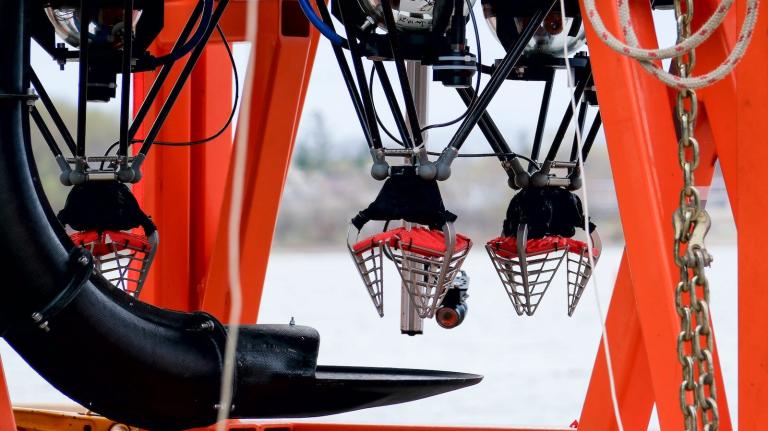With so much angst afoot in the green world, it’s easy to lose perspective on just how different this administration is from the previous one. Two examples in my inbox today drive the point home.
First, the president said this today:
You know, our nation’s buildings, our homes and our offices, consume almost 40 percent of the energy we use and contribute almost 40 percent of the carbon pollution that we produce. And everybody’s talking about it right now in Copenhagen.
Homes built in the first half of the last century can use about 50 percent more energy than homes that are built today. And because most of our homes and offices aren’t energy-efficient, much of that energy just goes to waste, while costing our families and businesses money they can’t afford to throw away.
The simple act of retrofitting these buildings to make them more energy-efficient — installing new windows and doors, insulation, roofing, sealing leaks, modernizing heating and cooling equipment — is one of the fastest, easiest and cheapest things we can do to put Americans back to work while saving money and reducing harmful emissions.
As a result of a variety of investments made under the recovery act, including state and local energy grants, we’re on pace to upgrade the homes of half a million Americans by this time next year — half a million Americans, boosting the economy, saving money and energy, creating clean-energy jobs that can’t be outsourced.
But this is an area that has huge potential to grow.
That’s why I’m calling on Congress to provide new temporary incentives for Americans to make energy-efficiency retrofit investments in their homes. And we want them to do it soon.
I know the idea may not be very glamorous, although I get really excited about it. We were at the roundtable. And somebody said, insulation is not sexy. I disagree. (Laughter.)
Obama a) understands the potential for energy efficiency in buildings, b) has done a great deal to pursue it, and c) is pushing to do more. And he thinks it’s sexy! Can you imagine Bush saying or doing this?
Second, here’s Jared Bernstein, the chief economist in the Vice President’s office, on a conference call with reporters yesterday, touting the stimulus investments in clean energy and efficiency:
Now, we’ve talked extensively about the tax cuts, the Making Work Pay tax cut, for example, that reaches 95 percent of working households. We’ve talked a lot about the job impact, the fact that it’s scored by the nonpartisan Congressional Budget Office — as many as 1.6 million jobs have been saved or created thus far by the recovery act.
But while they’re equally important, we’ve perhaps said less about the transformational investments incentivized by the act, along with other measures that we’re discussing today. The recovery act’s not only about rescue and relief; it’s also about reinvestment.
Let me briefly assert three points. First, one of the highest priorities of this administration is to promote the production and use of renewable energy. The rationale behind these investment ranges from energy independence to attacking climate change, creating good, lasting private-sector jobs in new domestic industries in the new economy.
Second, the history of transformational investments is that because of a variety of economic externalities, including large fixed costs and uncertainty around the returns available from new markets, there’s a role for the federal government to play in planting the seeds with public investments, like those we’re discussing today. These seeds will be raised to fruition by private capital currently waiting on the sidelines, private innovation and entrepreneurism.
Third, even as some of these new markets are taking shape, both here and abroad, the residual of last year’s credit crisis continues to block investments that would likely be made under more normal economic and credit conditions.
These three points help explain why we believe the programs we’re discussing today are so important.
Now admittedly, Bernstein is outnumbered, not only in the economics profession generally but even within the White House, by more conventional neoliberal economists who tend to be, to put it delicately, insufficiently attuned to the value of public investments.
But he’s up there, and he’s pushing, and with the stimulus bill, historic investments are being made. Again, think any economist in the Bush White House would publicly tout the benefits of public investment during a downturn?
I know this point is stale by now, since everyone has moved on from Hope to being disillusioned and depressed, but I like to revisit it occasionally just for kicks: we’re in a way better place than we were a few years ago. That is all.



